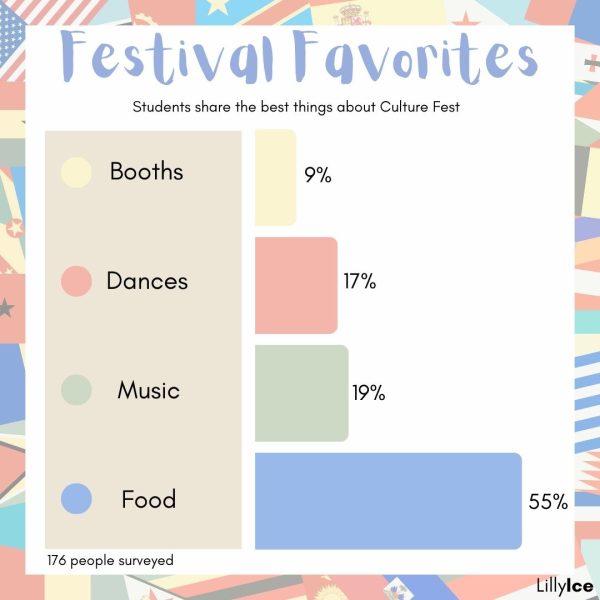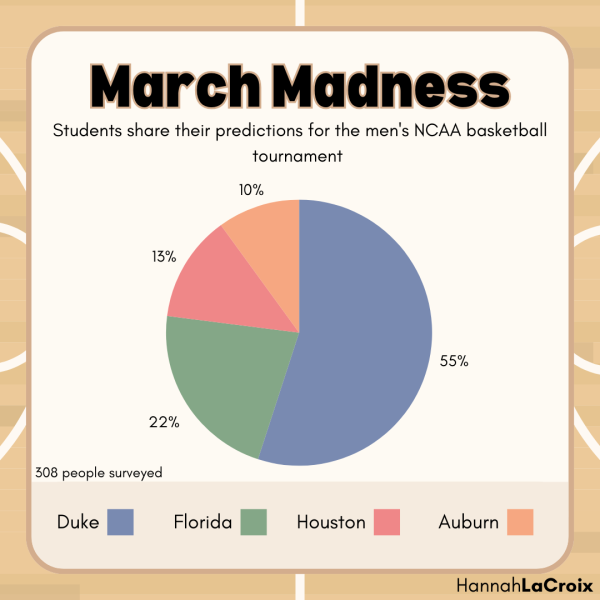Community debates adopting versus buying pets
Six and a half million. Abandoned. Neglected. Hoarded. Abused. Mistreated. Six and a half million searching for a second chance.
Every year, approximately 6.5 million animals nationwide enter shelters in the U.S. Approximately 3.3 million are dogs and 3.2 million are cats, according to aspca.org, a site dedicated to awareness of animal cruelty. Organizations such as the American Society for the Prevention of Cruelty to Animals (ASPCA) and the Humane Society of the United States provide rescue teams for animals in hoarding situations, dogfighting rings and other potentially dangerous environments. With no physical location, these organizations rely on animal shelters to provide a platform for rehabilitating and, eventually, adopting out the rescued animals.
As one of these shelters, Wayside Waifs “is committed to finding homes for all adoptable pets,” according to their website. Casey Waugh, communications and annual giving manager at Wayside Waifs, is one of the many people who choose to dedicate their time to completing this mission.
“The most random things can happen as to why animals come in,” Waugh said. “We will take animals that are just dumped on our property.”
Waugh said people will drop animals off on Wayside property during the night, and the workers will find them the next morning.
“There’s no way for us to know who it was, where they came from, what their history is, but we just like to focus on the future. They’re here. They’re going to have a good life from here on out, so that’s really what we focus on here at Wayside.”
As an owner of two dogs from Wayside, as well as two other dogs bought from breeders, senior Hailey Jacobson said she prefers adopting or rescuing animals over buying them.
“I would much rather adopt a pet knowing that I’m rescuing them from a bad path and giving them a warm, welcoming home,” Jacobson said.
In relation to the topic of adopting versus buying pets, Jacobson said her primary opposition to buying animals from a pet store is where the animals may be sourced, an example being puppy mills.
“I feel like a lot of people that buy from pet stores don’t really understand what puppy mills are, especially around here,” Jacobson said. “You can go into [pet stores] and they’ll tell you that the dogs aren’t from puppy mills, but I still believe that they are just because of everything that I’ve heard from people that work there. I just don’t think people truly understand what they put the dogs through and that they’re just trying to sell the dogs for as much as they can.”
According to the ASPCA website, a puppy mill is a “large-scale commercial dog breeding facility where profit is given priority over the well-being of the dogs.” These facilities have been proven to be prevalent in the Midwest, according to humanesociety.org, with the majority of puppy mill cases concentrated in Kansas, Missouri and Nebraska.
“I think puppy mills are not a good thing because most people are trying to get as many dogs as they can and push the dogs past their limit,” Jacobson said. “The puppy mills that I’ve seen are very filthy and they treat the dogs awfully. They’re only doing it for the money.”
Although buying from pet stores seems to be popular, approximately 1.6 million dogs get adopted from U.S. shelters each year, according to the ASPCA. Sophomore Jenna Brewster recently adopted her six month old dog, Chance, from Great Plains SPCA, a no-kill shelter based in the Kansas City area.
“For the first few days, he wouldn’t even let us touch him and now he’s all over the place,” Brewster said. “He was really shy at first and scared of everyone. The first day we got him, he would go hide under our pantry shelf for three hours, but he’s getting used to everything now.”
Although shelter animals may come with a complicated past, Waugh said that doesn’t mean they are any less adoptable than any other animal. Moving past that stigma, Wayside Waifs provides programs for dogs, such as Peace Academy and Confidence College, to help them transform their personalities.
“A lot of times when dogs have been rescued or if they’ve been strays, sometimes they’re scared of people,” Waugh said. “They may have been abused or, sometimes, they are aggressive and very protective of food because they had to fight to get food when living in the street. We work [with] animals to teach them how to trust again to know everything’s going to be OK. Sometimes you do have those dogs that cower down in the back and we teach them to build their confidence up … I’m sure everybody thinks shelter animals are crazy and that’s not true.”
Other than behavioral rehabilitation, Wayside Waifs provides its shelter animals with necessary medical needs, such as spaying, neutering and vaccinations, with the veterinary clinic that was added on in 2012.
“A lot of times, if you go buy an animal, you’re paying $500 or $1,000, and that doesn’t include to spay and neuter and those vaccinations,” Waugh said. “Then, you’re paying several hundred on top of that, so it doesn’t even make sense to not adopt.”
Similar to Waugh, Jacobson said she feels as if pet stores overprice their animals. As a result, Jacobson said she would always pick adopting from a shelter over buying from a store.
“I support adopting animals because I feel like everyone should be able to get that opportunity to see the change in a dog’s personality from when they first got them to about a month after, because they become really great dogs,” Jacobson said. “They’re just the same as dogs you would buy from a pet store and you know that you helped change or even saved their life.”








